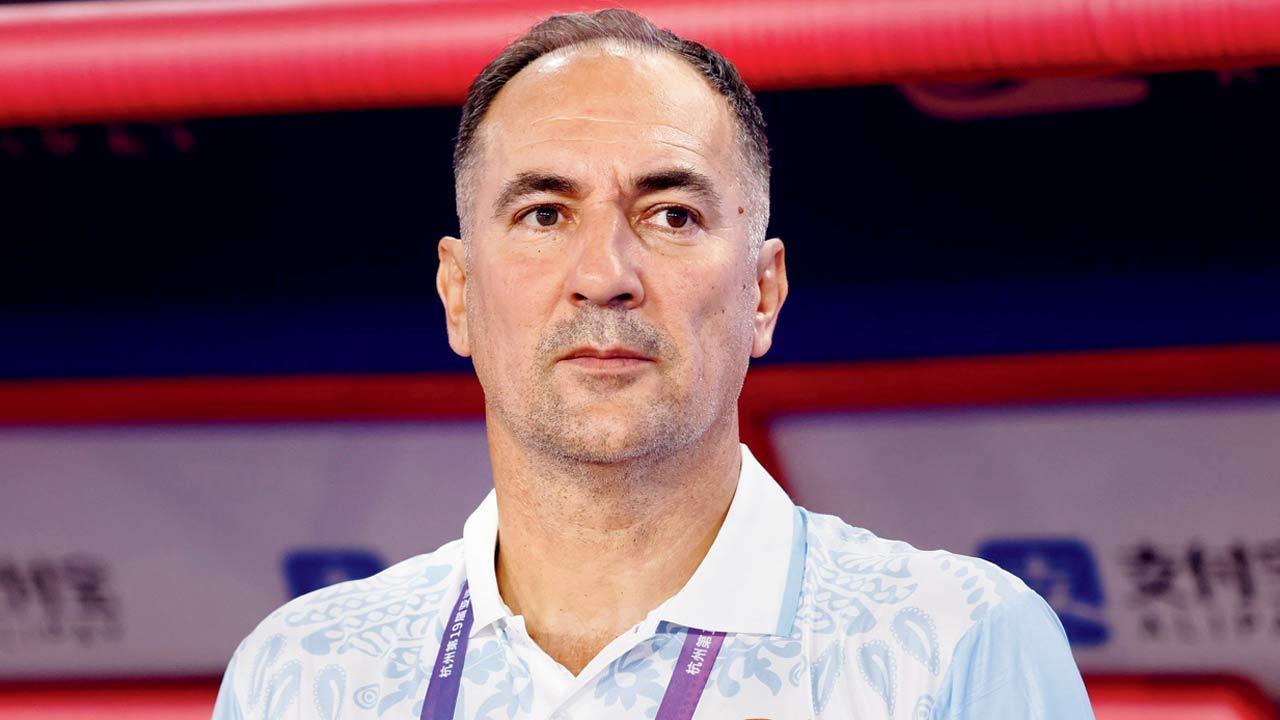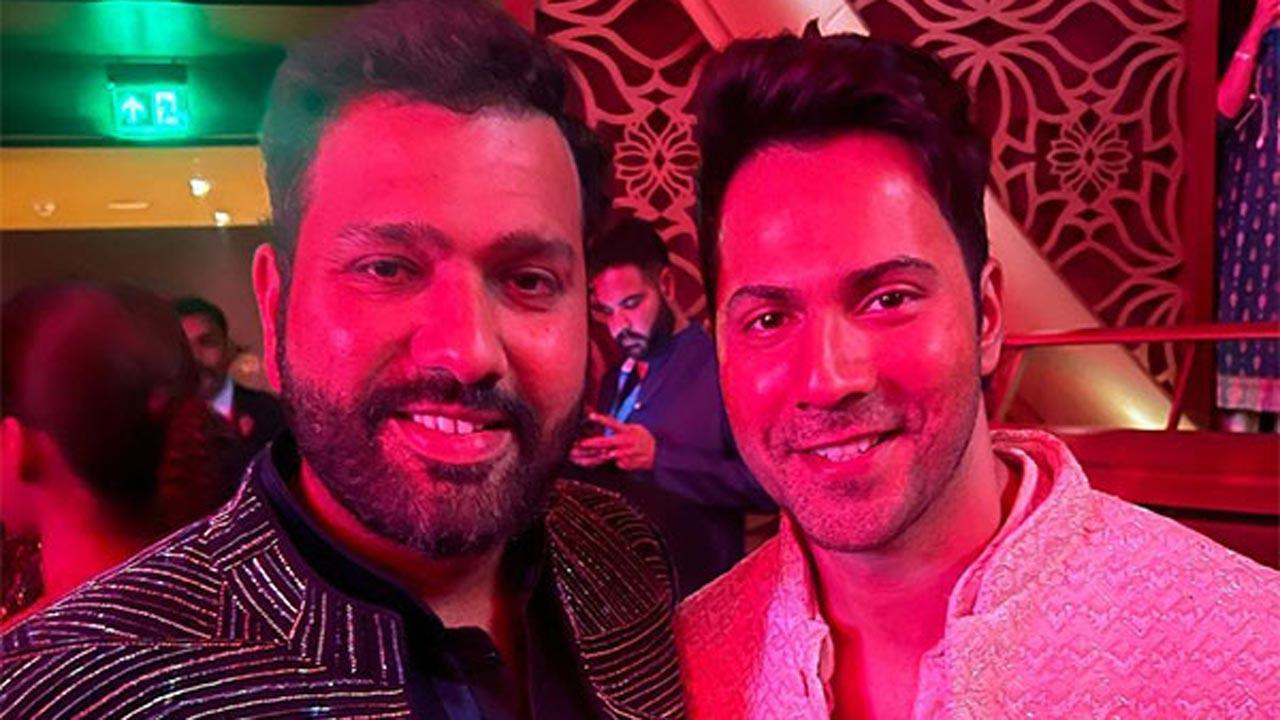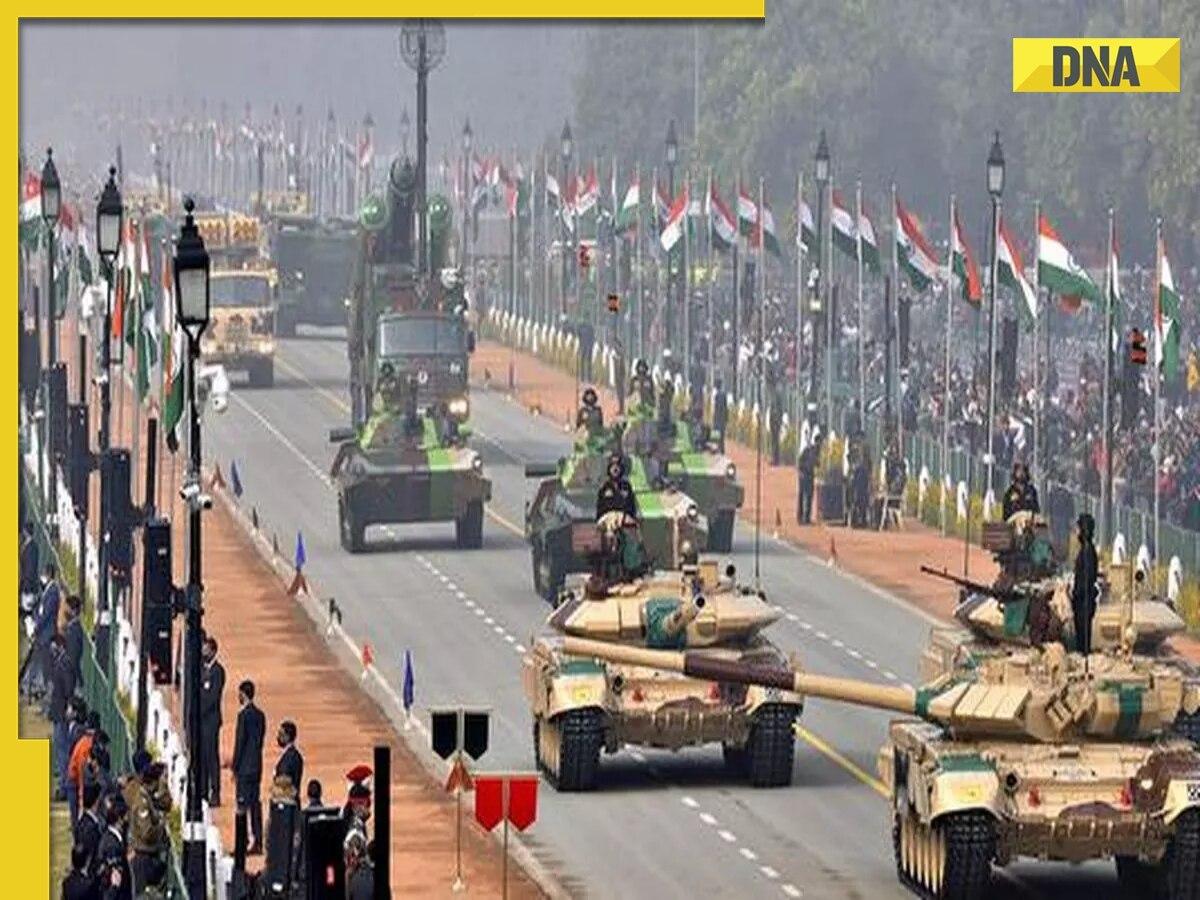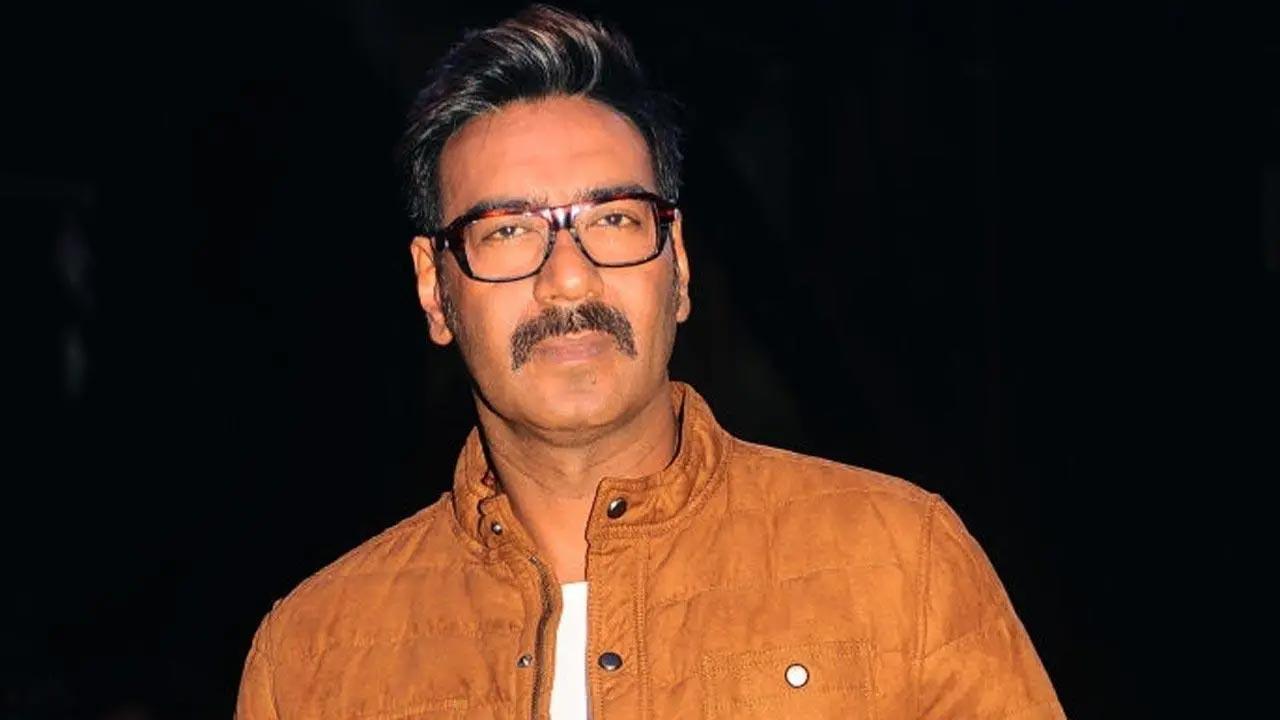
The conflict between the All India Football Federation (AIFF) and Igor Stimac, the recently dismissed head coach of the Indian men’s football team, intensifies as accusations fly from both camps. This ongoing saga seems far from resolution, with Stimac alleging significant non-cooperation from the AIFF, including what he terms the ‘unlawful’ termination of his contract. The AIFF, in response, has issued a firm denial, standing its ground against these allegations.
Further complicating this dispute is Nilanjan Bhattacharya, the legal expert who drafted Stimac’s contract in October 2023. In an exclusive conversation with IANS, Bhattacharya accused the AIFF of attempting to deliberately mislead the public. He suggested that this deflection tactic is designed to draw attention away from what he describes as the “main issue” at hand.
The bone of contention here is centered around financial compensation. Upon terminating Stimac’s contract, the AIFF offered a three-month salary package as compensation. However, Stimac is demanding a full salary payment extending until January 2026, adhering to the terms outlined in the redrafted contract signed on October 5, 2023. This dispute arises from the absence of a severance clause in this latest agreement.
Bhattacharya highlighted this critical point, stressing that the omission of a severance clause in the 2023 agreement is a departure from the initial contract signed back in 2019. That earlier contract did indeed contain a severance clause, thus creating a legal quagmire that the current situation finds itself mired in.
Adding to the complexity, the AIFF has addressed this discrepancy in an official statement. They contended that while a severance clause was indeed present in Stimac’s 2019 contract, it was conspicuously missing in the recently executed 2023 agreement. Given this lack, they argue that their three-month compensation offer is both legal and appropriate.
As the public grapples with these conflicting narratives, the broader implications for Indian football come into sharper focus. The termination of Stimac’s contract could have lasting repercussions, not only affecting the team’s performance but potentially tarnishing the AIFF’s public image. Amid these unfolding events, opinions within the football fraternity remain divided.
.
In defense of Stimac, several players and coaching staff members have voiced their frustration over the AIFF’s handling of the situation. They argue that Stimac was making positive strides with the team, fostering a professional environment that could have led to future successes on the international stage. The abrupt termination, some say, disrupts this momentum and risks plunging the team back into disarray.
On the administrative side, the AIFF holds firm on its stance. Officials argue that their actions were both justified and necessary for the long-term health of Indian football. They point to internal assessments that, they claim, revealed deficiencies in Stimac’s approach and management style, deficiencies that could have been detrimental if left unaddressed.
Amidst this legal and public relations battle, the question of governance within the AIFF is also under scrutiny. The transparency of decision-making processes, the terms of employment for key coaching staff, and the manner in which conflicts are resolved within the federation are all subject to increasing public examination. Critiques argue that better governance frameworks could have either prevented this dispute or at least mitigated its more damaging aspects.
For now, Stimac and his legal team are reportedly gearing up for a significant legal battle, seeking full compensation and perhaps further damages for what they describe as unlawful termination. This move could see the dispute escalate to international sports arbitration tribunals, bringing yet more attention to Indian football’s governance practices.
In parallel, the AIFF is believed to be exploring options to fortify its legal defenses and stand firm against Stimac’s claims. They have engaged a team of legal experts to review the case meticulously and prepare for what promises to be a protracted and high-profile legal battle.
As the situation continues to evolve, stakeholders from all corners of the Indian football community are watching closely. The final resolution, whenever and however it comes, will likely set significant precedents for contractual agreements and dispute resolution mechanisms within Indian sports.
While this story progresses, it serves as a critical reminder of the complexities inherent in sports management, where legal, ethical, and practical considerations often intersect in ways that challenge conventional management wisdom. It remains to be seen how this intricate issue will finally resolve and what long-term impact it will have on the landscape of Indian football.










